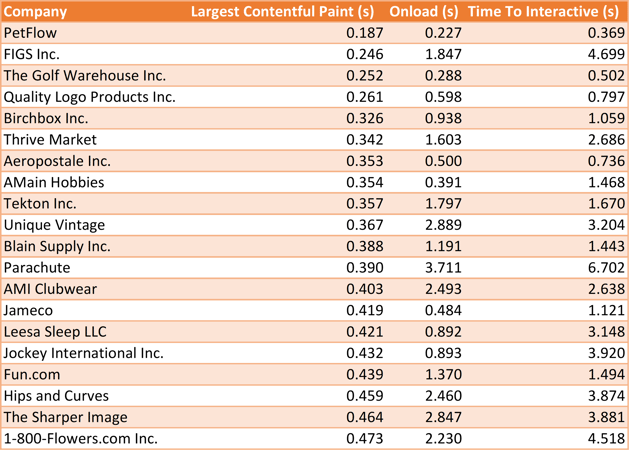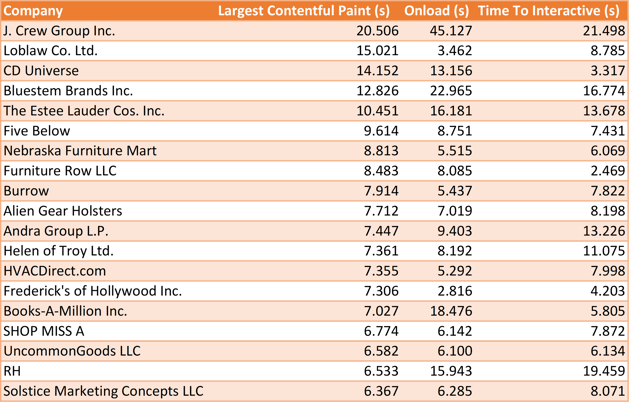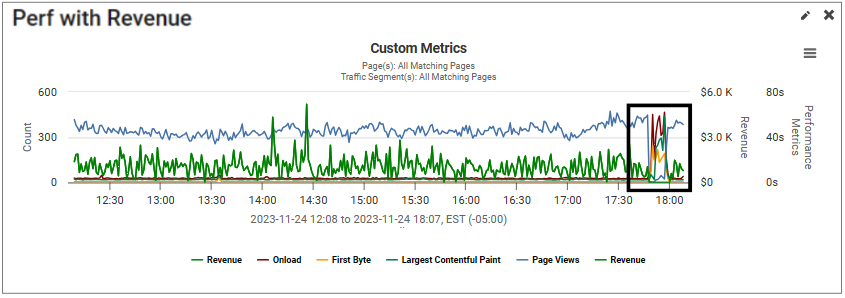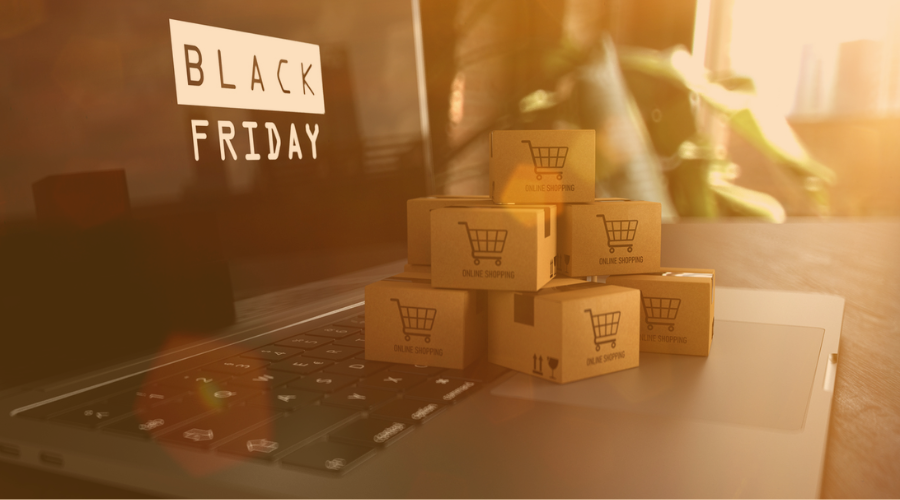Every year, shoppers would eagerly line the blocks on Thanksgiving evening into Black Friday in anticipation of appealing, in-store only deals on the hottest goods. Think Arnold Schwarzenegger in Jingle All The Way fighting it out for a Turbo Man action figure.
Today, Black Friday is different. Instead of camping outside physical storefronts, shoppers funnel through digital doors – a brand's website and mobile app.
Black Friday online spending this year popped 7.5% from last year, reaching a new record-setting $9.8 billion. With consumers on the go during the holidays and more comfortable spending on their mobile devices, 54% or $5.3 billion of the online sales came from mobile shopping.
Discounts remained a big driver for sales as consumers were shopping for presents and popular shopping categories, such as home electronics and toys.
On The Frictionless Experience, Mark Friedman, a DTC and Digital Marketing Consultant, notes that Black Friday shoppers are often primarily looking for a deal and may not be the same customers who shop throughout the year.
He explains: "These are people, maybe they are gift-giving, maybe they're looking for a deal. And during holiday time, they're really trial buyers. They're not necessarily customers. If you're not tracking the lifetime value of customers by the month of cohort or the seasonality of the cohort, when you acquired them, you should be."
Looking ahead to Cyber Monday, shoppers are predicted to spend up to $12 billion.
Methodology
This Cyber Week, we are focusing on three performance and user experience indicators for the Digital Commerce 360 Top 1000 leading online retailers: Largest Contentful Paint (LCP), Onload, and Time to Interactive.
- Largest Contentful Paint (LCP) is a Core Web Vital measuring perceived load speed because it represents how quickly the main content of a webpage is loaded. To provide a frictionless experience and better business outcomes, sites should aim to have an LCP of 2.5 seconds or less. Looking at one study, for example, product pages can see a 40% to 50% lower conversion rate when comparing users that experience a 2-second LCP versus a 4 to 5-second LCP.
- Onload is the average time required for the server to load all content on a page completely—everything from JavaScript, CSS, images, and more. Removing friction by improving page load time has been shown to contribute to higher conversion rates and revenue. For one online business, friction costs nearly half a billion dollars annually.
- Time to Interactive (TTI) is the time it takes for a webpage to become fully interactive. When a site appears fully loaded but nothing happens when the user tries interacting with it, that can cause major user friction, resulting in revenue loss.
The below report is based on Home Page measurements collected by Blue Triangle Synthetic Monitoring.
The Top 20 Fastest Sites
The 20 Fastest Retail and eCommerce Websites Ranked by Largest Contentful Paint (LCP)

The Top 20 Slowest Sites
The 20 Slowest Retail and eCommerce Websites Ranked by Largest Contentful Paint (LCP)

Key Takeaways
When Black Friday shoppers comes to your digital storefront, whether it’s a website or mobile app, every second and every customer interaction matters.
We observed several brief outages, which for any online brand could mean disaster pending resulting in immediate revenue loss and customer frustration.

For one luxury retailer, they were running about $25K/per minute between their top 3 performing websites. Pockets of site friction, however, such as slow page load, cost nearly $3.2 million!
Its critical to leverage insights from previous years, as well as this year, to continuously improve the customer experience and optimize your digital platforms so you can maximize sales and build customer loyalty that extends beyond the holidays.
Blue Triangle 2023 Cyber Week Report

During the holiday rush, every shopper matters
Optimize the customer journey before the eCommerce event of the year.

.jpg)

